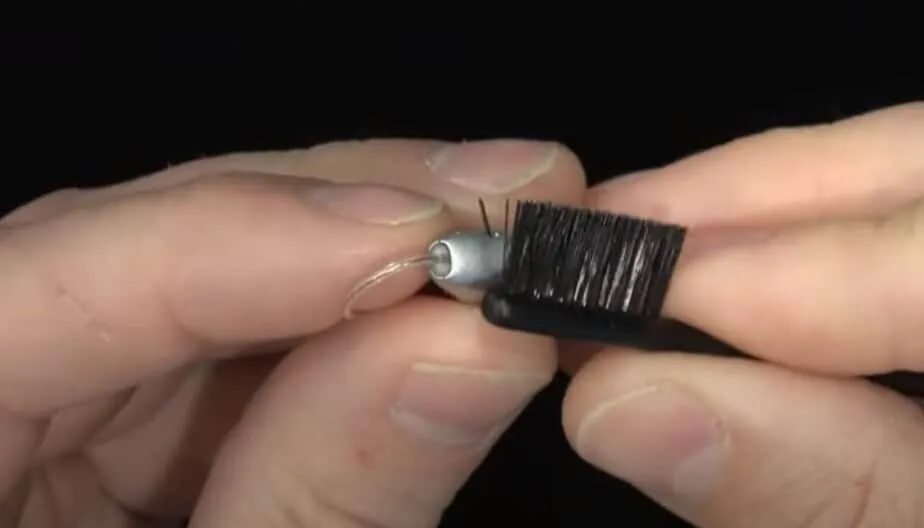Keeping your hearing aids clean is essential for maintaining optimal performance and extending the life of your device. One of the most important parts to clean is the microphone port, where earwax and debris commonly accumulate. This guide explains two professional methods to clean hearing aids effectively: using a brush and using a suction tool like a Jodi-Vac.
How to Clean the Microphone of Your Hearing Aid with a Brush
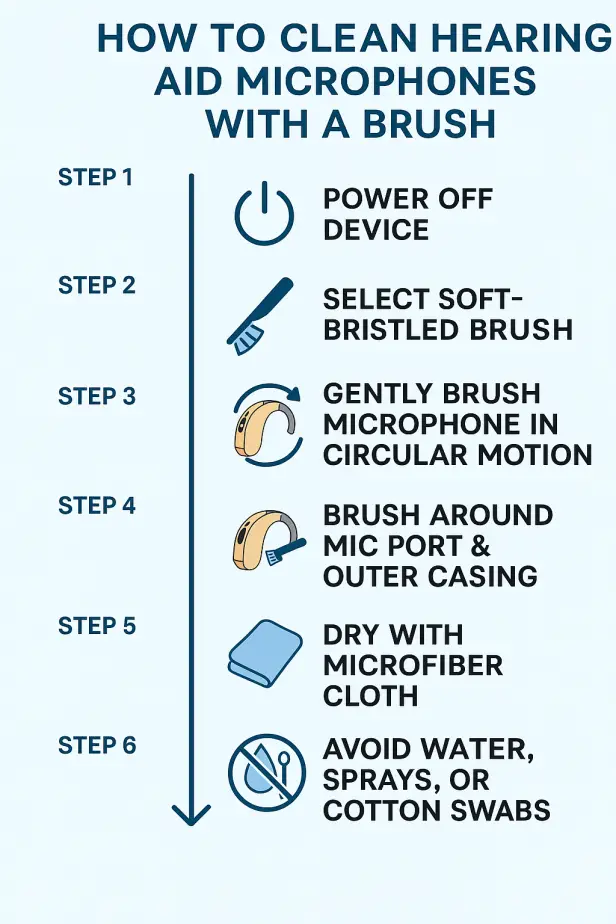
Using a brush to clean the microphone on your hearing aid is a simple, safe, and effective method that removes surface debris and earwax. Microphones are small and sensitive, so always handle them with care. Follow these steps:
- Turn off the hearing aid: Always power down your device before cleaning.
- Use a soft-bristled brush: Choose a hearing aid cleaning brush or a clean, soft toothbrush. Buy a recommended brush here on Amazon.
- Gently brush the microphone: Use circular motions to dislodge debris without applying pressure.
- Brush around the microphone port: Clear out surrounding areas where debris may have built up.
- Clean the outer casing: Use the same brush to wipe down the rest of the hearing aid shell.
- Dry with a soft cloth: Finish by gently wiping with a microfiber cloth or brush. Never use water.
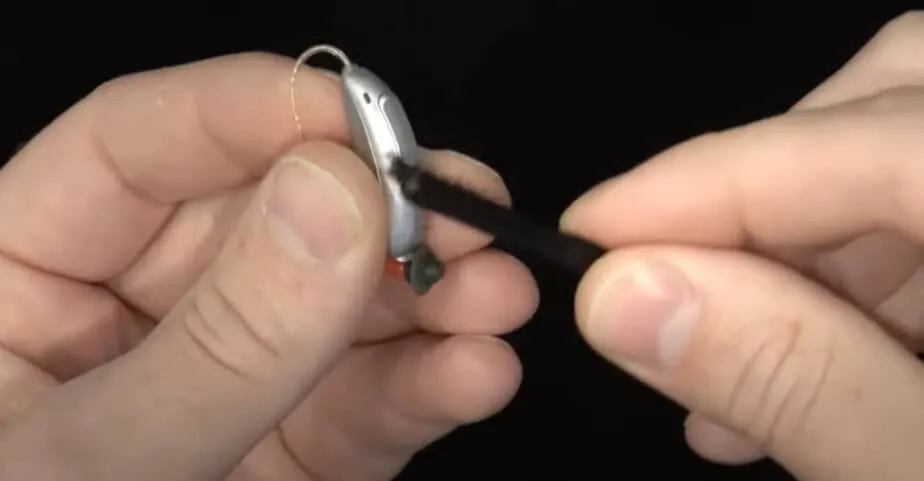
Important: Never use water, cleaning sprays, or cotton swabs, as they may damage internal components or push debris deeper. If your hearing aid is not functioning properly after cleaning, it may be time to check your wax traps or consult a professional audiologist.
Need help from a professional? Visit your provider, or find a local audiologist with ZipHearing.
Clean Your Hearing Aids Like a Professional Using a Jodi-Vac
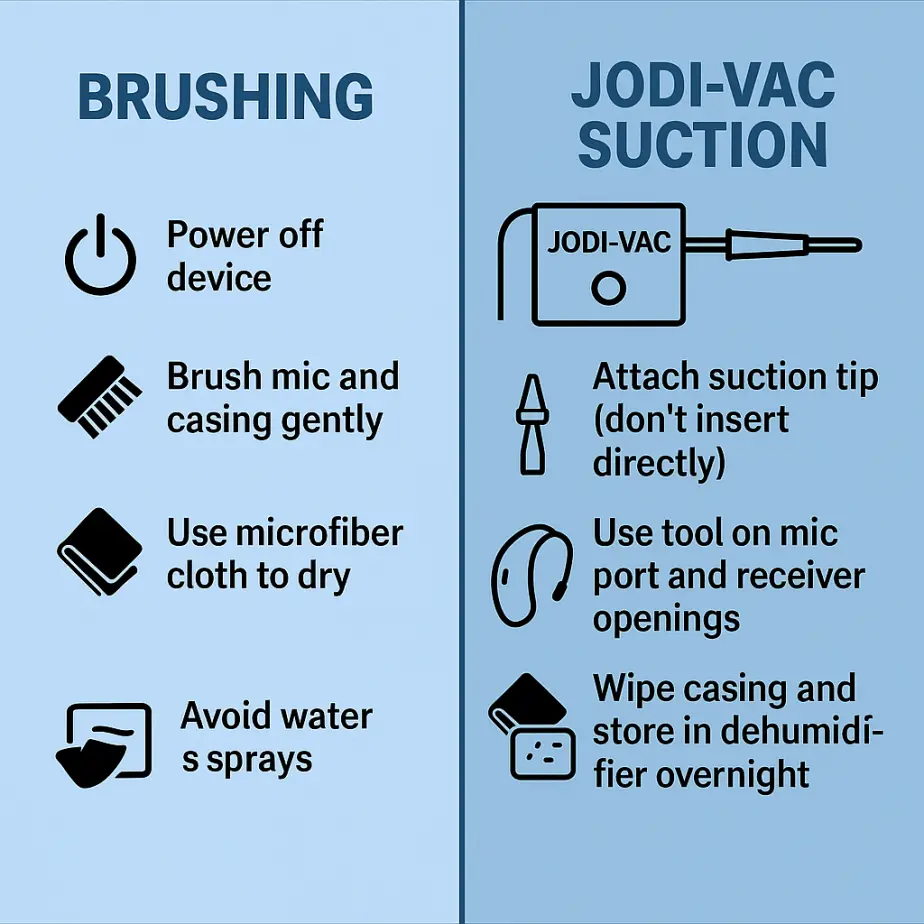
For a deeper clean, audiologists often use vacuum-based suction tools like the Jodi-Vac. These devices can effectively extract stubborn earwax and particles that a brush can’t reach. Though powerful, the Jodi-Vac is safe when used properly. Buy a Jodi-Vac here on Amazon.
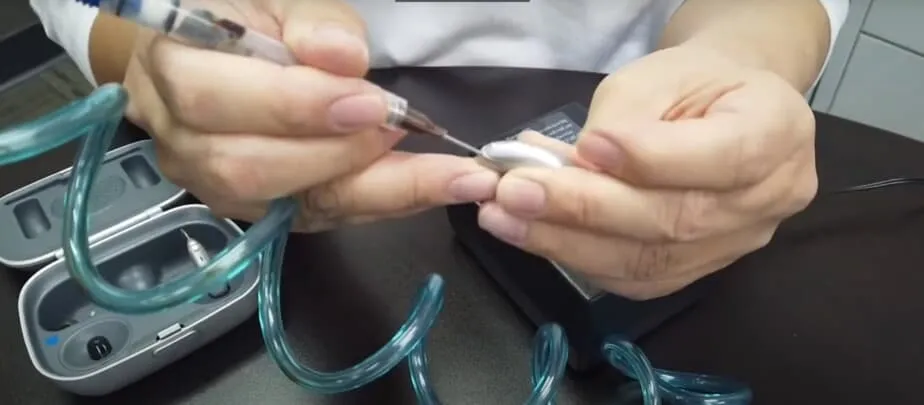
- Power off the hearing aid: Prevent damage or feedback by turning off the device.
- Connect the suction tip: Attach the fine tip designed for hearing aids to your Jodi-Vac unit.
- Clean the microphone port: Gently place the tip near (not in) the microphone and allow suction to draw debris out.
- Clean receiver and sound outlet: Use the suction tool to clean other openings.
- Wipe down the outer shell: After vacuuming, use a cloth to remove any remaining particles.
- Store in a dehumidifier: After cleaning, use a hearing aid dehumidifier overnight for moisture control.
While the Jodi-Vac is highly effective, improper use can damage your device. If you’re unsure or uncomfortable using it, schedule a cleaning with your hearing care provider.
Keep Your Hearing Aids in Top Shape
Cleaning the microphones is just one part of keeping your hearing aids working at their best. Regular care ensures clearer sound, longer device life, and fewer repair costs. Beyond brushing or vacuuming, there are many other steps you can take—like changing domes and wax guards, drying devices properly, and scheduling professional cleanings.
If you’d like a complete walkthrough of every maintenance step, visit our Complete Guide to Hearing Aid Maintenance & Repairs. This all-in-one resource covers everything from daily cleaning to troubleshooting feedback issues, helping you protect both your hearing and your investment.
Regular maintenance is key to keeping your hearing aids in top working condition. Whether you’re using a brush or a suction tool, proper technique and gentle care will prevent problems and extend device life.

